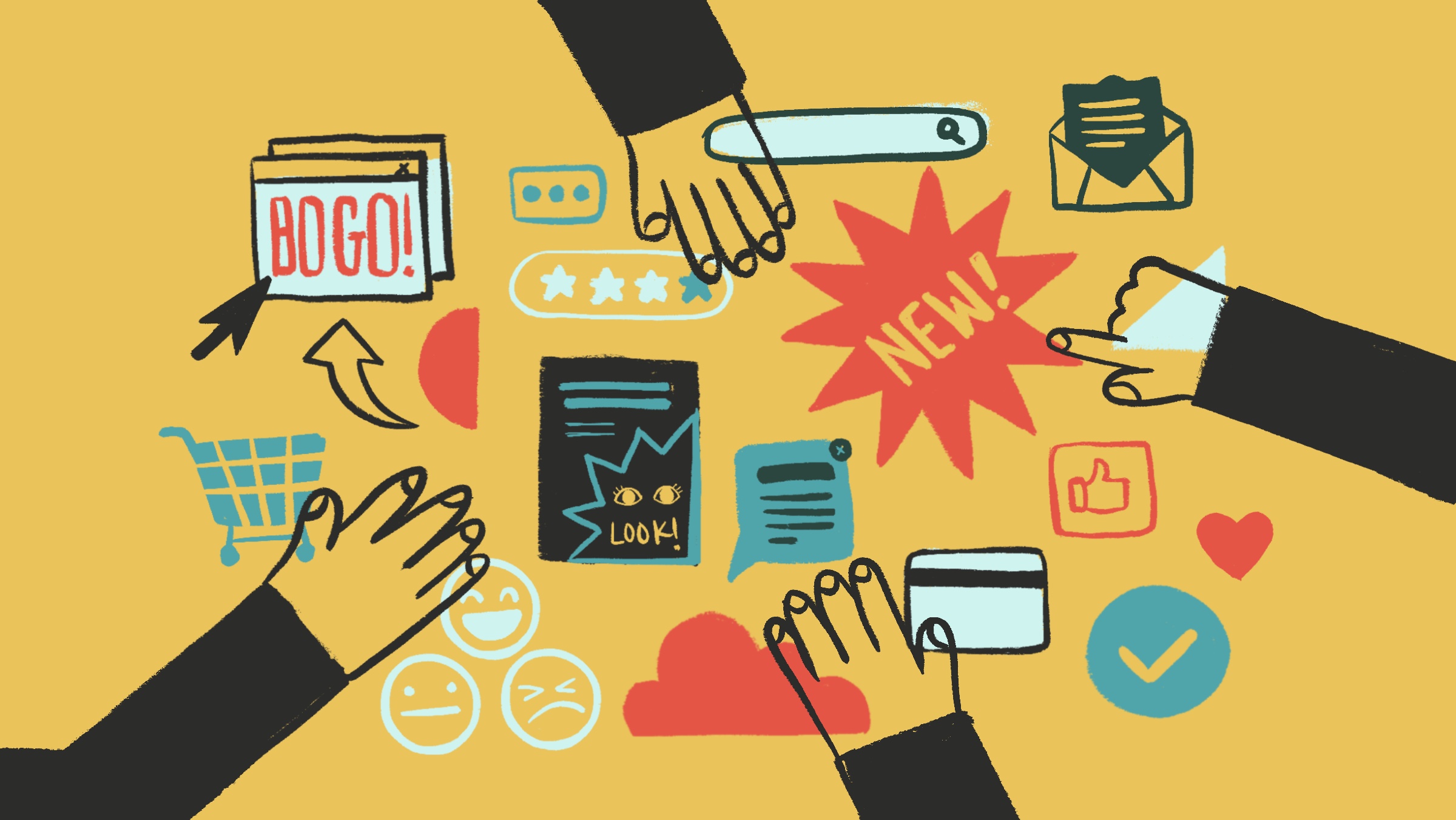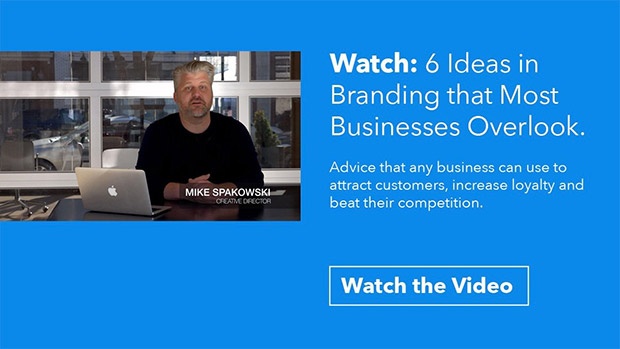What B2B Brands Can Learn From B2C About Customer Experience Design
There’s no bigger buzzword right now than customer experience, or CX, and marketers are scrambling to make sure their brand’s CX cuts the mustard. As more branding and marketing becomes experiential, consumers are expecting more from the companies they interact with.
And B2B companies are no exception.
But first, what is customer experience design?
Simply put, customer experience is all of the interactions a person has with a brand or company at every touchpoint. A company’s CX includes everything from advertisements to the sales process to customer service. How the brand treats the customer, how easily the customer gets vital information and how valued customers feel by the brand are all a part of that experience.
Therefore, CX design is the practice of examining those touchpoints and deliberately shaping each interaction. Often it starts with a customer journey map and elevating each touchpoint to make the customer experience easier and more enjoyable.
Sometimes people confuse CX design and UX design, or user experience design. However, UX design is typically associated with a specific product, and encompasses things like usability, navigation and information architecture. The relationship between UX and CX is kind of like rectangles and squares: all squares are rectangles, but not all rectangles are squares. All user experience falls under customer experience, but customer experience doesn’t fall under user experience.
CX Design in B2B Companies
B2B brands have been slow to adopt CX design as an important part in their marketing strategy, despite statistics that indicate its importance. A study from Forrester found that brands that prioritize customer experience outperform those who don’t on both stock price growth and total returns.
Marketers understand the importance of understanding your audience, no matter B2B or B2C. But while the name suggests otherwise, B2B companies aren’t actually selling to businesses—they’re selling to the people who make up those businesses.
The solution? Take a look at B2C companies with excellent CX and adapt the tactics to meet the confines of B2B. We’ve put together a few examples of to get you started.
Fully immersive.
One way B2C brands are upping the game is through immersive experiences, and making every part of the customer experience reflect the brand. Disney theme parks are a prime example. I’ve never actually been (save for a trip I can’t remember from my toddler years) but from what I can tell from photos and videos on Instagram, going to Disney is like nothing else. Everything from the food to the trash cans are sprinkled with Disney magic, and fun surprises await around every corner. What makes the whole thing even better from a marketing perspective is that to the visitors, they’re not enjoying a brand experience—they’re just enjoying an experience. It feels purposeful, but not pushy.
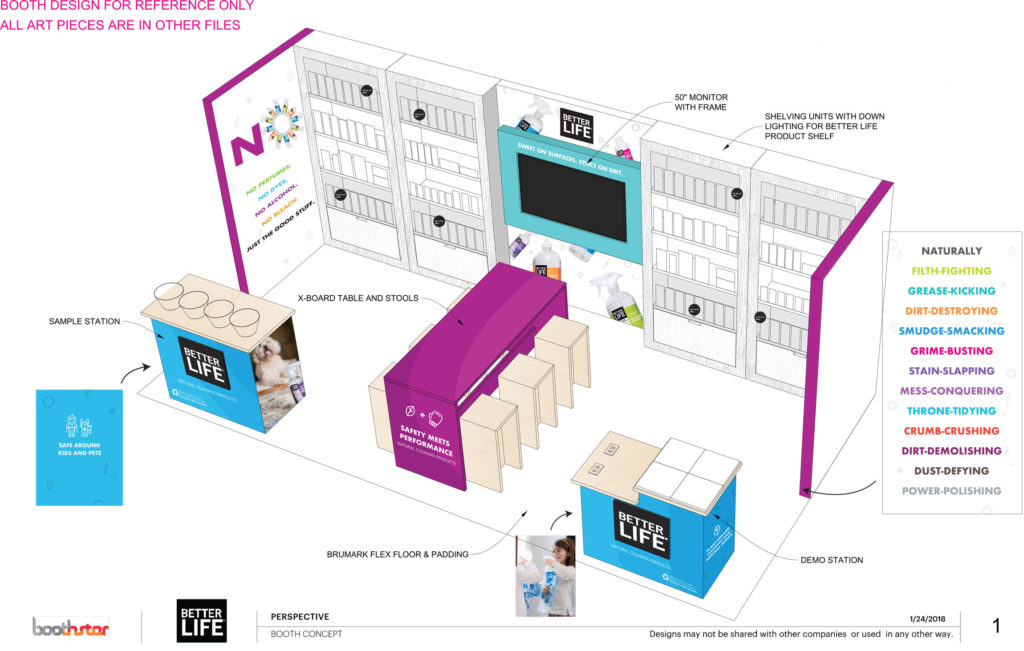
While an entire theme park is out of reach for most B2B companies, they can take the idea of immersive experience and apply it to other concepts. Trade show booths can become a memorable way to connect with prospects and customers. (See the example above of a booth we designed for our client Better Life.) By thinking about how they want their clients to feel, companies can build out booths or exhibits that are interactive or stimulate the senses to build brand awareness and affinity.
But an immersive experience can be even smaller.
Atomicdust recently worked with Castor River Farms, a Missouri-based rice company, to develop an eye-catching mailer to send to grocery chain managers and distribution companies. We wanted the box to tell the story of the family-owned farm and their sustainable farming practices, so we designed it to transport the viewer to the farm. As the recipient opens it, they experience the story of the brand, seeing the farmer himself and the actual land he farms, before getting their own bag of rice to try.
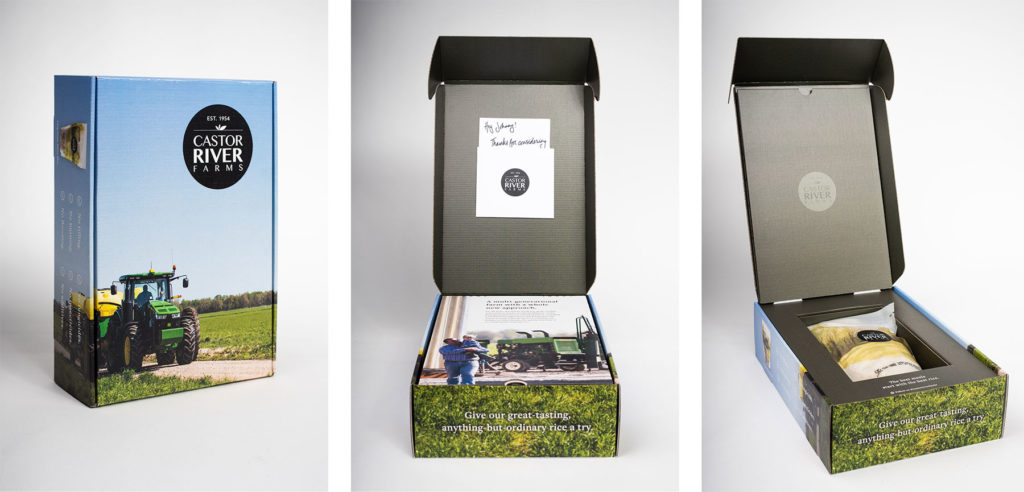
But what’s the payoff? Immersive experiences like these might sound like cost centers without any return, but when done well, the ROI can be huge. B2B companies can cultivate brand loyalty, get word-of-mouth referrals and score major PR by adding immersive experiences to their overall CX. A cool experience can be the difference between winning a big contract and losing to the other guys.
Make it personal.
Experiences in the B2C sphere are becoming more personalized, and people expect those same experiences from B2B brands.
Some of my favorite branded emails to receive are from companies like Uber and Spotify, who have mastered the year-in-review emails. Personalized for each customer, the emails include stats on things like number of rides or top artists played that year. Small touches like these show customers that brands are paying attention and care about their experiences. Other examples include behavior-triggered emails and retargeting ads used by e-commerce sites to guide customers towards a purchase.
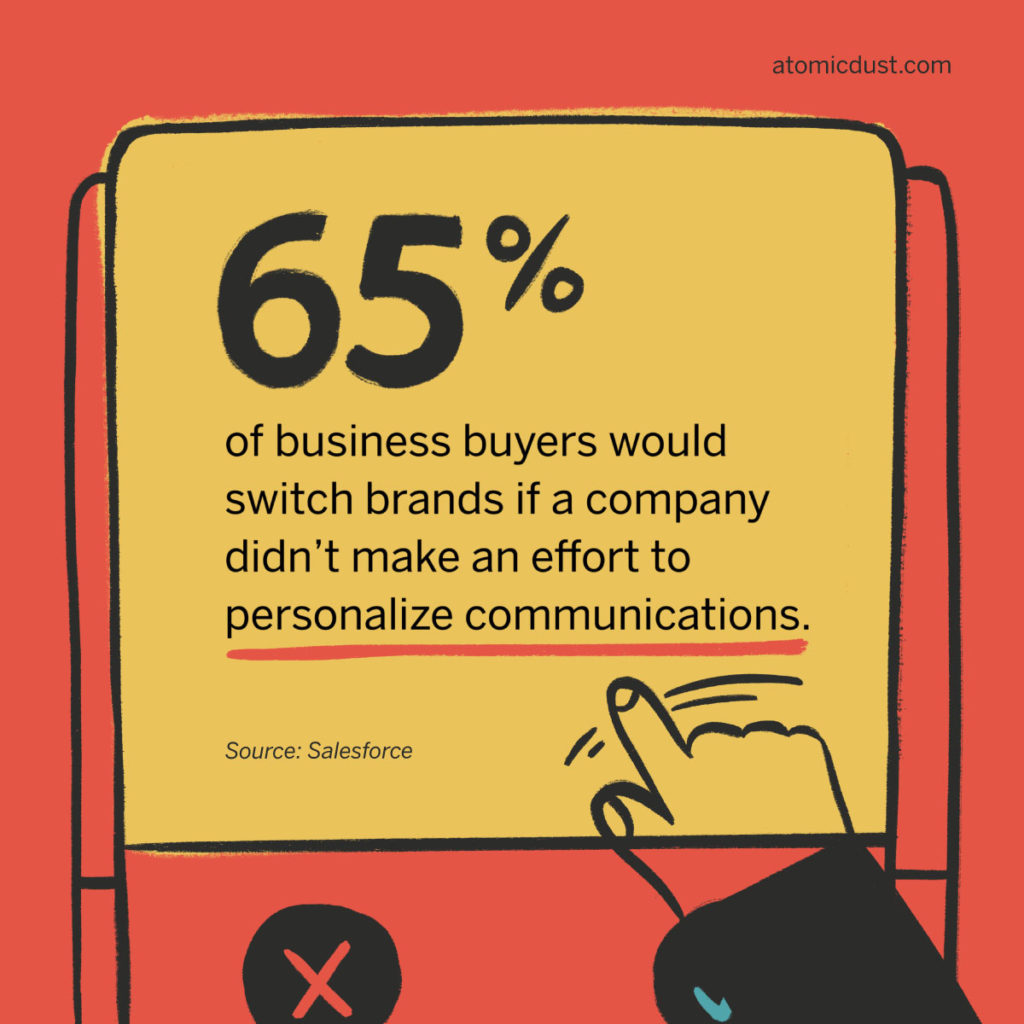
In B2B, personalization is becoming table stakes—it’s no longer the icing on the cake. In fact, 65% of business buyers would switch brands if a company didn’t make an effort to personalize communications, according to a study from Salesforce.
Often, B2B personalization is about making sure clients have the right information they need at the right time. Brands do this through drip campaigns and automated emails that nurture specific leads. B2B companies can set up retargeting ads to connect with website visitors and offer them a reason to come back—gated content or a free consultation. Even ad copy itself can be hyper-personalized, mentioning job titles or industries of the people being targeted. The channel matters less than the personalization itself on this one; the goal is to be specific enough to show audiences the company is attentive and catering to them.
The new comment cards.
Companies can continue to benefit even after a customer’s experience with them might be “over.”
Let me explain with a quick story. I was leaving Ikea recently and noticed a sign that asked about customers about their experience checking out. Beneath were four big buttons: a green smiley face, two neutral-ish faces and a red sad face. Customers could push the button to give feedback.
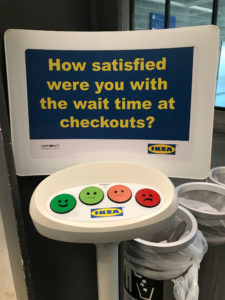
No matter which button customers push, this sign helps the company and elevates its customer experience. Here’s why: Ikea gets a good idea of whether customers are satisfied or not with their wait times. Happy customers can push the green button, a physical reinforcement of a positive experience. Dissatisfied customers can share their grievances without bothering a manager and get their frustration out at the same time. Simple idea, big results.
B2B brands can take a page from Ikea’s book by asking for feedback more often. A post-project survey can show brands where they need to improve and provide client testimonials to use on their website and marketing materials. Negative feedback gives brands the opportunity to fix poor experiences and show audiences that they listen and are willing to change in order to keep their business.
Put a good word in.
Word-of-mouth recommendations are gold to marketers. B2C brands have tapped into this with referral programs that offer discounts to both the referrer and referred. I probably don’t need to give examples—you’ve likely received offers like $10 off for you and a friend when they sign up. These programs are an incentive for existing customers to advocate for the brand, and make it easy for companies to track success.
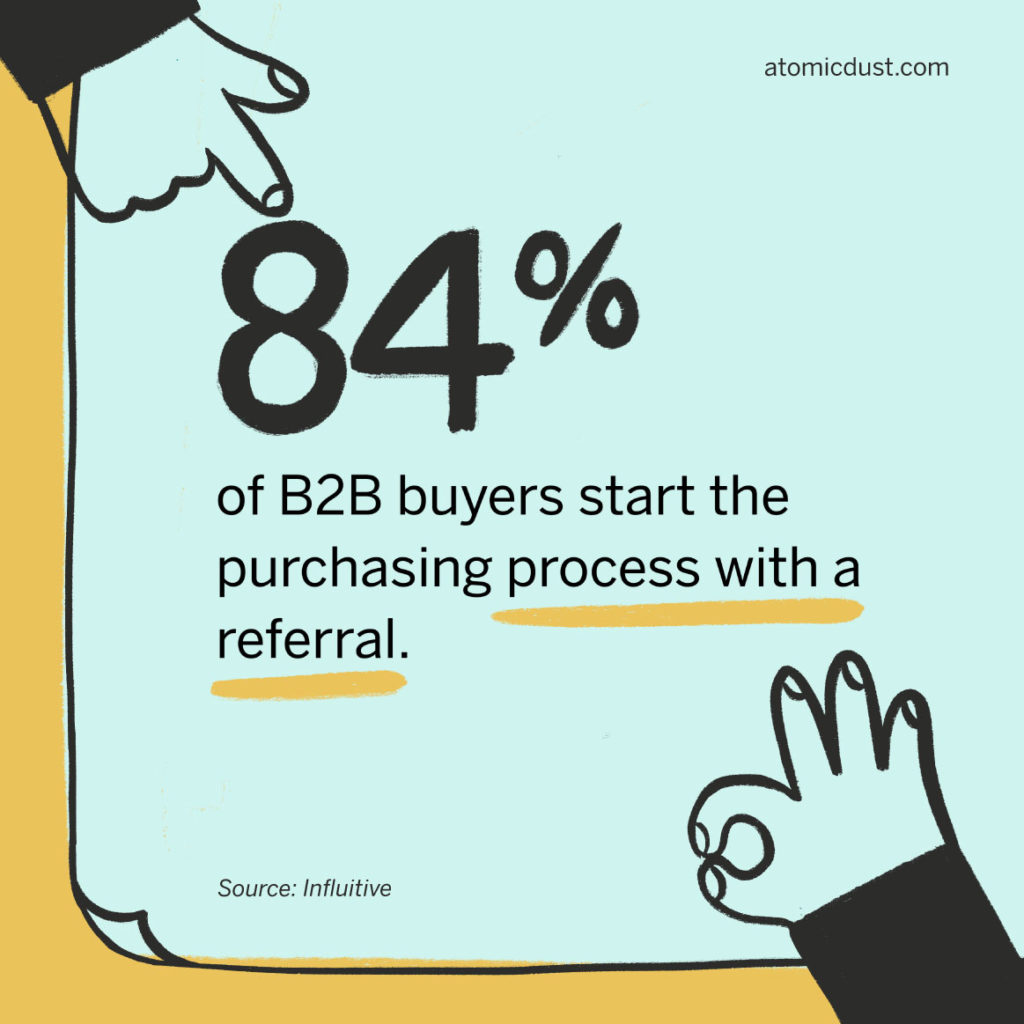
How can B2B companies cash in on this tactic? Creating referral programs and asking clients to review their experience on Google or Facebook can have a big impact. A study by IDC showed that three out of four B2B buyers engage with peers on social media for help making buying decisions. Meanwhile, data from Influitive asserts that 84% of B2B buyers start the purchasing process with a referral. Turning existing happy clients into brand evangelists can be daunting, but the results are worth it.
Eye-opening experience.
These are just a few examples of B2C companies killing the CX game using tactics that easily translate to B2B. By paying attention to their personal experience with brands, B2B marketers can elevate their companies’ customer experience to improve customer retention, referrals and eventually the bottom line. Because where there’s a brand providing a good CX to clients, sales are sure to follow.
